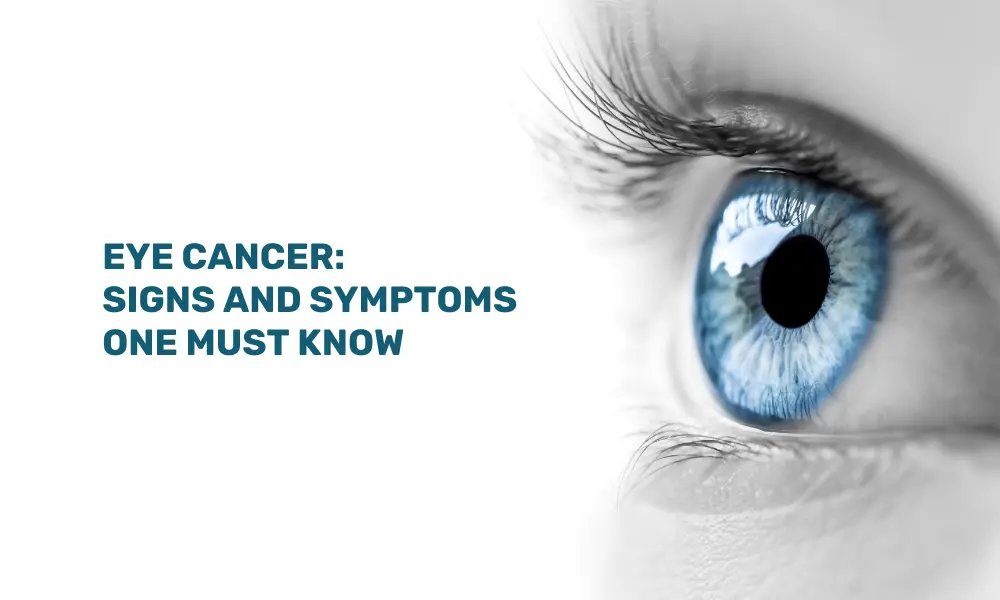Eye cancer refers to a tumor that occurs when cells in or around the eye multiply unpredictably. These tumors are either malignant (cancerous) or benign (non-cancerous). However, malignant tumors are dangerous as they can grow and spread to other parts of the body.
Early detection and treatment are crucial in preventing the cancer from spreading. If identified early, many eye cancers can be effectively treated, preserving vision and overall health. Regular eye exams are crucial for detecting potential issues before symptoms appear.
By understanding the risks and signs of eye cancer, individuals can take proactive steps to protect their vision and health. Prompt medical attention can significantly impact treatment outcomes.
Risk Factors for Eye Cancer
Certain factors can increase your likelihood of developing eye cancer. These include:
-
Age: Most eye cancers are diagnosed in people over 50, except for retinoblastoma, which affects children under 5.
-
Skin and eye colour: People with fair skin and light eyes (blue or green) are more susceptible to eye cancer than those with darker skin and eyes (brown).
-
Inherited conditions: Certain genetic conditions, such as dysplastic nevus syndrome or BAP1 tumor predisposition syndrome, can increase the risk of eye cancer.
-
UV exposure: Possible link between UV rays from the sun or tanning beds and increased risk of intraocular melanoma, although more research is needed.
These factors contribute to a higher risk of developing eye cancer. Regular eye exams and awareness of these risk factors can help with early detection and treatment.
Recognizing Eye Cancer
Eye cancer can manifest in various ways. Common symptoms include:
Vision problems: Blurry vision, distorted vision, loss of peripheral vision, or sudden vision loss. These symptoms may be caused by the tumor pressing on or damaging critical parts of the eye, such as the retina or optic nerve.
Floaters and flashes: Spots or squiggles drifting in your field of vision or flashes of light
Changes in the eye: A growing dark spot on the iris or white part of the eye, changes in pupil size or shape, or bulging of the eye
Eye irritation: Persistent irritation or redness that doesn’t improve. It could be a sign of an underlying condition such as dry eye, allergy, infection, or even a foreign object in the eye.
Lumps or growths: A growing lump on the eyelid or in the eyeball
Changes in eye movement: Changes in the way the eye moves within its socket or the positioning of the eyeball
How to Prevent Eye Cancer?
-
Include plenty of fruits and vegetables in your daily diet.
-
Wear sunglasses while venturing out. Prefer sunglasses that block 99% to 100% of UVA and UVB rays.
-
Doing physical activity on a regular basis can contribute to overall health and potentially reduce cancer risk.
-
Smoking is linked to various health problems, including some cancers, so avoid smoking.
-
If you have a family history of eye cancer, especially retinoblastoma, consider genetic counselling to assess your risk and discuss potential screening options.
-
Regular eye exams can help identify eye problems early, including those that could potentially lead to cancer.
Often, eye cancer is detected during a routine eye exam by an optometrist or ophthalmologist. If you notice any unusual changes in your vision or eye health, it is essential to schedule an appointment with a specialist for a thorough examination.
Disclaimer: This article is meant for informational purposes only and must not be considered a substitute for professional advice.




